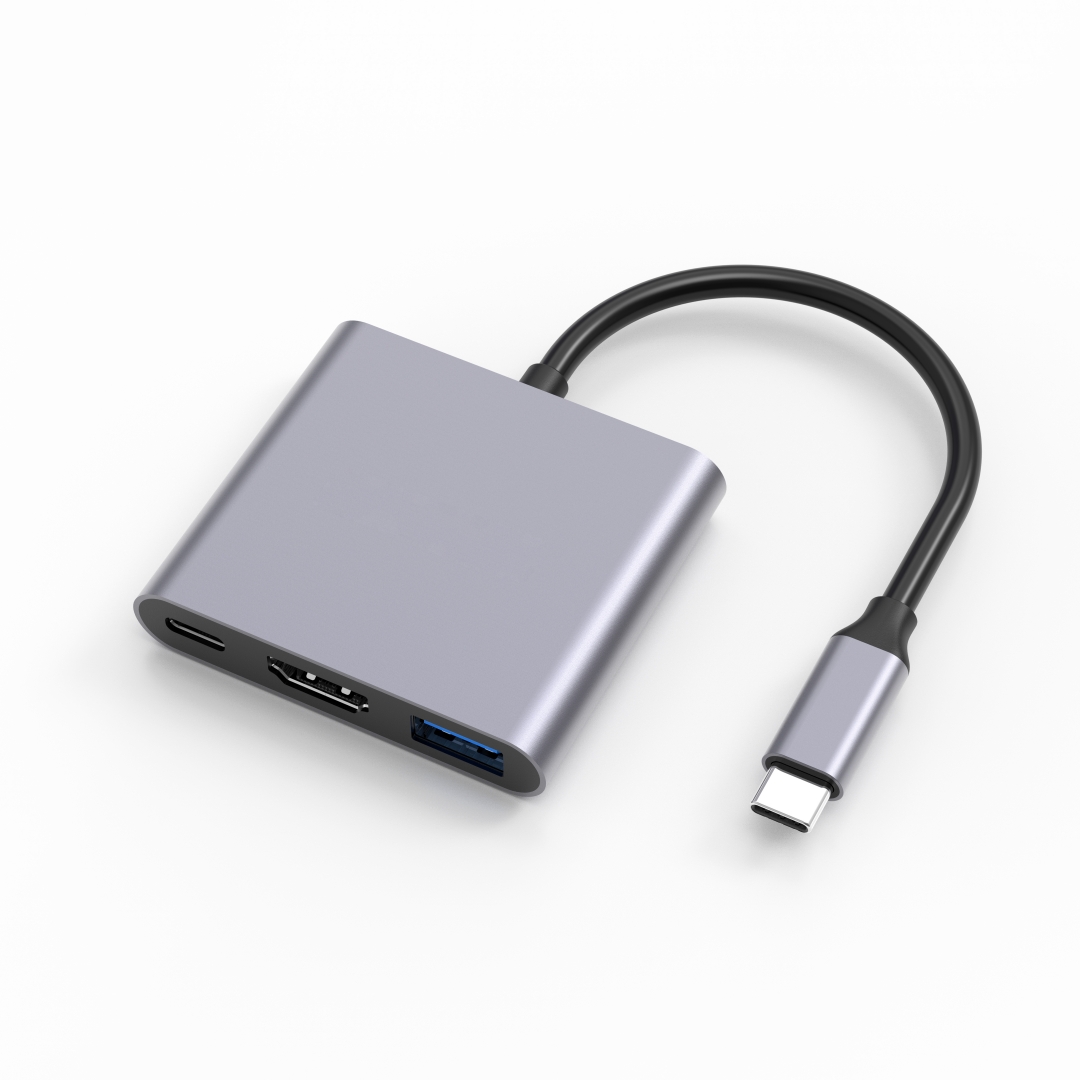Understanding the Inner Workings of Computer Docking Stations

Computer docking stations have become an essential accessory for individuals seeking convenience and efficiency in their daily computing activities. These unique devices provide a seamless connection between a laptop or notebook and various peripherals or external devices. By examining the functionality of computer docking stations, we can uncover the remarkable capabilities that make them an indispensable tool in modern computing.
1. Hardware Compatibility and Connection
One of the primary functions of a computer docking station is to establish a stable and reliable connection between a laptop and external devices. This is achieved through a wide range of ports and connectors, including USB, HDMI, DisplayPort, Ethernet, and audio jacks. These ports allow users to connect additional monitors, keyboards, mice, printers, external storage devices, and speakers to their laptops, expanding the capabilities and versatility of their computing setup.
Moreover, computer docking stations employ advanced hardware detection mechanisms to identify connected devices automatically. This ensures that the appropriate drivers and settings are applied, enabling seamless plug-and-play functionality without the need for manual configurations.
2. Power Delivery and Charging
Another key feature of computer docking stations is their ability to provide power delivery and charging capabilities to laptops. By connecting a laptop to a docking station, users can eliminate the hassle of constantly plugging and unplugging power adapters. The docking station acts as a power hub, supplying the necessary electrical power to keep the laptop running and charging its battery simultaneously.
Power delivery specifications, such as USB Power Delivery (USB PD), determine the maximum power output of a docking station. This ensures compatibility with a wide range of laptops, adhering to industry standards and preventing power-related issues. Additionally, some docking stations incorporate intelligent power management systems that optimize power distribution to connected devices, prioritizing charging to maximize efficiency.
3. Enhanced Productivity and Connectivity
Computer docking stations greatly enhance productivity by expanding the connectivity options for users. With multiple ports and connectors readily available, laptops can seamlessly connect to various peripherals, turning them into powerful workstations. This enables users to work with multiple monitors, efficiently transfer data between devices, connect to high-speed networks, and enjoy superior audiovisual experiences.
Furthermore, some docking stations feature additional features such as built-in USB hubs, SD card readers, and even integrated graphics cards. These added functionalities provide users with even more ways to connect and expand their computing capabilities, enhancing productivity and streamlining workflows.
In conclusion, computer docking stations play a crucial role in the modern computing landscape. Their hardware compatibility and connection options, power delivery and charging capabilities, as well as enhanced productivity and connectivity features, make them an essential tool for individuals seeking a seamless and efficient computing experience. With their ability to transform laptops into versatile workstations, computer docking stations have become an indispensable accessory for professionals and casual users alike.



